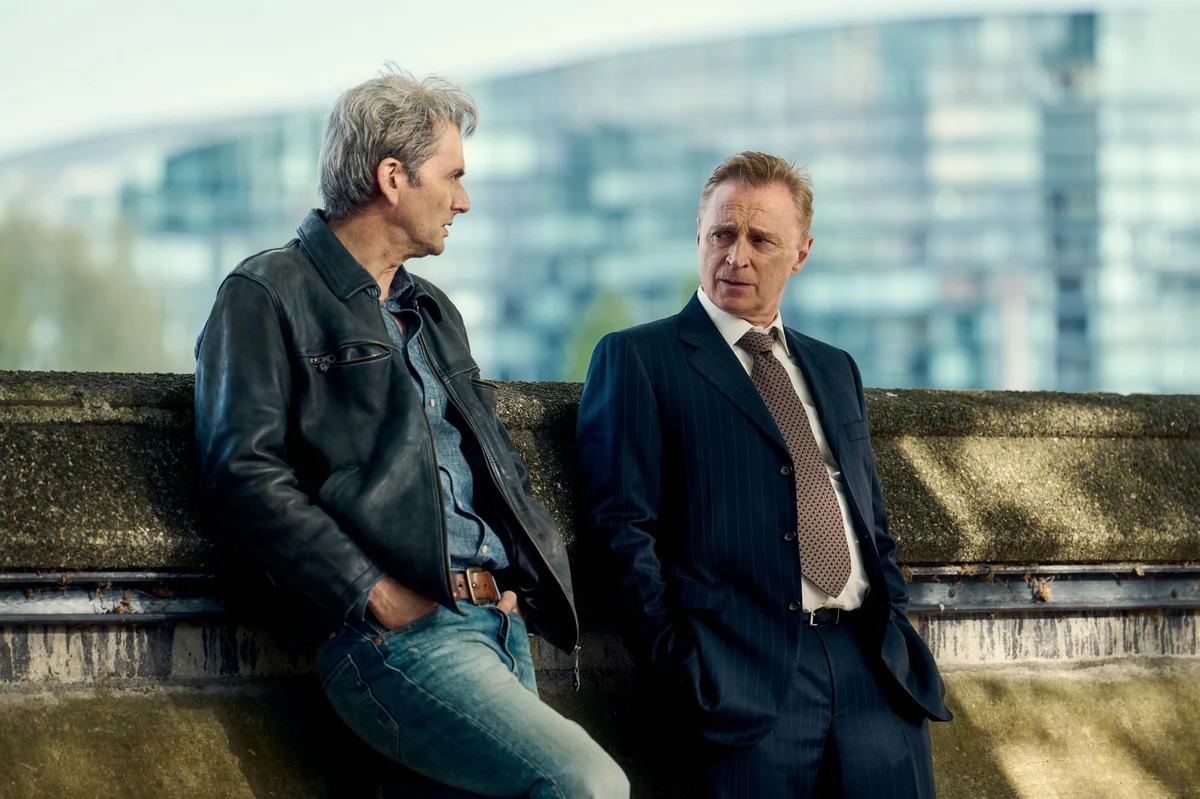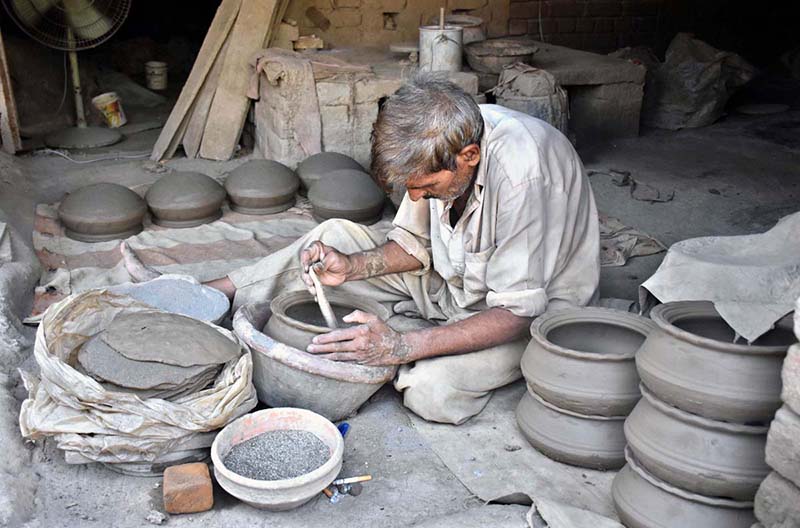By Vicky Jessop
Copyright standard

ITV’s newest drama, The Hack, is heavy viewing.
It tells the story of the phone hacking scandal: where journalists and private investigators working for The News of the World tabloid accessed the private voicemails of police officers, celebrities and thousands other people in a bid to get exclusive stories.
It was a decision that had far-reaching implications – and one that the show dives into is that of Metropolitan Police detective Dave Cook (played by Robert Carlyle).
Cook was tasked with solving the cold case murder of private investigator Daniel Morgan, but much to his own dismay, this led to him coming into contact with the News of the World – with whom Morgan’s old investigations company had links.
But who was Daniel Morgan, and what happened to him? Here’s what we know.
Morgan himself was Welsh. He was born in Singapore in 1949 as the son of an army officer, but grew up in Monmouthshire.
He went to agricultural college and presumably wanted to be a farmer, but other things called. “He had a phenomenal memory for small details and could remember things like car registrations for years,” his brother Alasdair wrote in a tribute to him.
In 1984 he set up his own detective agency called Southern Investigations, in Thornton Heath, along with his business partner Jonathan Rees.
He was also married: he and his wife had two children, but we do know that at the time of his murder, 1987, he’d been having an affair with a woman named Margaret Harrison.
The day of the murder, March 10, he’d met her at a wine bar at 6.30pm, before heading off to have a drink with Rees at the Golden Lion pub in Sydenham. Shortly after leaving, the 37-year-old Morgan was found dead in the pub car park, next to his parked car – he had been hit in the head with an axe.
Things immediately got messy. According to the Guardian, DS Sid Fillery from Catford Police was assigned to work on the case – which was an issue as he’d been secretly working the side for Morgan’s company, Southern Investigations.
The police did find out. In April, Fillery was arrested, plus two other Metropolitan Police Officers, Jonathan Rees, and Rees’ brothers in law, Glenn and Garry Vian. All of them were ultimately released without charge.
In 1988, there was a police inquest, where staff from Morgan’s company were called to give evidence. Kevin Lennon, who worked as an accountant there, explained that he had seen Morgan and Rees’ relationship collapse in the months before the murder.
“My mates at Catford nick are going to arrange it,” Rees allegedly told Lennon six months before it happened. “Those police officers are friends of mine and will either murder Danny themselves or will arrange it.”
Rees was then asked if he had murdered Morgan, to which he replied, “I did not.”
After this, a staggering further four inquiries were held. The first happened in 1988, where Hampshire Police took over the investigation and arrested three people, including Rees, who was charged with murder alongside one other man.
This then fell apart due to a lack of evidence; afterwards, Rees sued the police. On top of that, Fillery, having retired from the Met on medical grounds in 1989, then joined Southern Investigations as Rees’ business partner.
In 1997, the Met’s then-commissioner, Sir Paul Condon, took another look at the case. This new investigation, which happened between 1998-1999, saw Scotland Yard officers bug the Southern Investigation offices where Rees was working with Fillery.
This turned up a plot, by Rees, to plant cocaine on an innocent woman, so that her estranged husband could get husband of their child. Rees was arrested, convicted of a conspiracy to pervert the course of justice, and jailed for seven years.
There was then a fourth inquiry in 2002, where Glenn Vian’s house was bugged, as well as a suspect’s car – but while the Met then presented the courts with evidence regarding the murder, the Crown Prosecution Service (then headed by Alison Saunders) decided not to prosecute.
The events of the show follow a secret fifth inquiry, held by Dave Cook. It ran alongside the fourth for a time, and saw the police bug yet more homes, including Vian’s, again.
Cook himself described Morgan’s killing as “one of the worst-kept secrets in south-east London”, and said that “a whole cabal of people” knew who had been involved. He also said that the main suspect were “white Anglo-Saxons”.
In 2008, Rees, both Vians and a builder named James Cook were arrested on suspicion of murder, while Fillery was arrested on suspicion of attempting to pervert the course of justice – as well as a serving police officer, who was arrested on suspicion of leaking information.
However, this case ultimately fell apart when it went to trial in 2009. In February 2010, the judge dismissed a key supergrass witness, and then a second in November, and a third in January.
In 2011, Keir Starmer, then the Director of Public Prosecutions, abandoned the case; at the same time, Detective Chief Superintendent Hamish Campbell apologised to the family, and cited police corruption as a reason for the case being unsuccessful.
“This current investigation has identified, ever more clearly, how the initial inquiry failed the family and wider public,” he said. “It is quite apparent that police corruption was a debilitating factor in that investigation.”
After the trial against Rees collapsed in 2011, it came to light that Rees had been employed by the News of the World for some years.
The work, which netted him up to £150,000 a year, saw him dig for information about people in the public eye for the tabloid – and after he was released from prison, he was hired again by the paper, then under Andy Coulson, to continue his work.
Rees had a vast network of contacts, some with corrupt police officers, who allegedly sourced confidential information for him. Despite this, the Metropolitan Police failed to investigate those links for more than a decade. Guardian journalist later described Rees’ work as an “empire of corruption”.
In the years since the 2011 trial, there have been other reports and inquiries. A sixth inquiry was commissioned in 2013, and in October 2014 Rees, Fillery and the Vians sued the Met for £4m. Rees and the Vians lost, while Fillery was awarded £25,000 – and eventually, after an appeal in 2019, the others were awarded damages of £414,000.
The inquiry did produce a report, which was due to be published in May 2021. However, Priti Patel, the then-Home Secretary, said she wanted to review it for ‘national security and human rights’ issues – before the panel refused to hand the report over.
It was finally published in 2021, and found that the Met had been “institutionally corrupt” in its handling of Morgan’s murder, and had placed its reputation above finding the truth.
The Hack is streaming now on ITV



